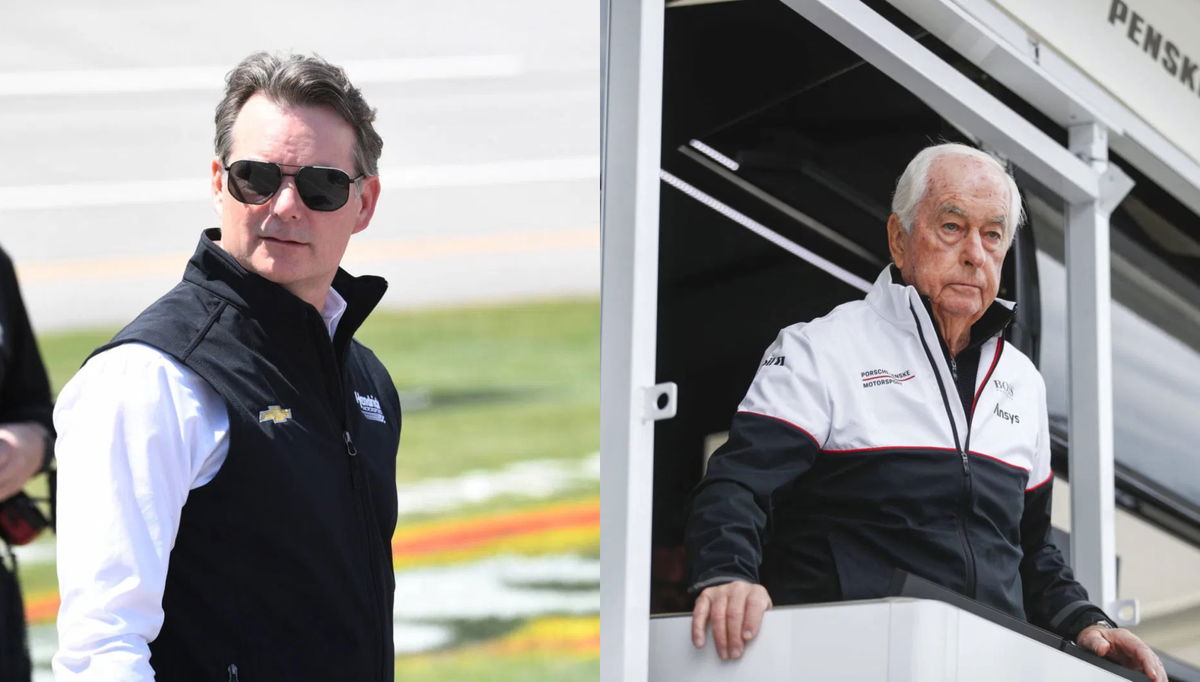
Imago
via Imago

Imago
via Imago
Team Penske has continued its formidable presence in the 2025 NASCAR Cup Series playoffs, building upon its previous successes. In the Round of 12, Penske drivers Ryan Blaney and Joey Logano delivered commanding performances at New Hampshire Motor Speedway, securing a 1-2 finish and reinforcing the team’s reputation for excellence. Blaney’s victory at Loudon also locked him into the Round of 8. This dominance is a continuation of their recent championship streak, with Logano clinching his third Cup Series title in a dramatic Phoenix finale in 2024, marking the first 1-2 championship finish in the team’s history.
Watch What’s Trending Now!
However, Hendrick Motorsports has shown resilience in the 2025 playoffs, with drivers William Byron, Kyle Larson, and Chase Elliott all advancing past the Round of 16. In New Hampshire, Larson and Byron secured top-5 finishes, while Elliott rallied from a 27th-place starting position to finish 5th, demonstrating the team’s adaptability and determination. However, they are yet to secure a win in the 2025 playoffs, and Jeff Gordon’s warning echoes back as the Round of 8 continues in Kansas next.
ADVERTISEMENT
Jeff Gordon’s wake-up call for Hendrick Motorsports
Hendrick Motorsports has recently been navigating the delicate balance of the tortoise and the hare on flatter race tracks, but in the current landscape, the hare has proven nearly untouchable. The groundwork for improvements stretches back to the 2024 season, when HMS Vice Chairman Jeff Gordon recognized the team’s vulnerabilities. “If we are going to go win a championship at a track like Phoenix, we’ve got to get to work on that,” Gordon explained. “You can’t lay down on the other tracks though, either. A lot of effort and a lot of collaboration with all of the teams and coming together with ‘how can we make that better? What are we lacking or missing with the speed and the comfort?’” Kyle Larson’s performance at World Wide Technology Raceway, where he led 52 laps before finishing 12th, reflects the incremental progress being made as HMS continues to refine comfort, stability, and driver confidence in its cars.
Looking ahead, Hendrick’s focus is on leveraging these lessons for the remainder of the playoffs while keeping an eye on track-specific advantages. Gordon elaborated, “Now this weekend, we go to Kansas, a track that we feel is very strong for us. We had a good first race for this round. We follow it up with another solid one and hopefully we’re leading more laps and have more presence at a mile-and-a-half this weekend than we did at New Hampshire. That can put some pressure back on our competitors and hopefully gets us in a position where we can move on to that next round and continue to find speed for when we get to Phoenix. First, we have to get to Phoenix. That’s the first goal.”
After coming up short in the previous three NASCAR Cup Series Championship races to Team Penske at Phoenix Raceway, HMS knew it needed to seriously overhaul its flat-track program. That effort bore fruit last weekend at New Hampshire Motor Speedway, where 3 Hendrick entries cracked the top 10 in the finishing order, a feat the organization hadn’t accomplished in literally a decade. This performance demonstrated the progress HMS has made in closing the gap to the perennial Penske juggernaut.
ADVERTISEMENT
Spoke to @JeffGordonWeb this week, and among the topics discussed was @TeamHendrick‘s improvement at flat tracks. The four-time champion knows the team still has room for growth with Phoenix looming.
“We’re not there yet.”https://t.co/VA1RvF36lJ
— Dustin Albino (@DustinAlbino) September 26, 2025
William Byron, reflecting on the weekend, highlighted the significance of the improvement. “We weren’t close today in terms of [Penske’s] pace, but I thought we were so much improved for our standard,” the two-time Daytona 500 champion said. “This is definitely a shot in the arm for us. It shows what we’re capable of and that we can put our mind to. I’m excited going forward after today.” Byron’s words underscore the morale boost the organization received from seeing tangible results on a track style that had been a weakness in prior years.
ADVERTISEMENT
Kyle Larson, the 2021 Cup Series champion, also saw positive developments at New Hampshire, although he acknowledged the dominance of Penske. “Penske was even better than I think they are compared to the rest of the field in the past,” he said. “When I was behind [Ryan Blaney], his car was crazy gripped up compared to mine. Mine didn’t even feel that bad that run, and I just let him go and he was flying.” Larson’s candid assessment illustrates both the progress HMS has made and the challenge that remains in bridging the gap to Penske’s performance, particularly on flatter tracks where grip and car setup are paramount.
With all three Hendrick cars safely above the playoff cutline, Byron with +47, Larson with +41, and Chase Elliott with a +14 point buffer in 7th, are positioned to capitalize on the team’s steady development as the championship rounds loom.
Top Stories
Ross Chastain Labels NASCAR Driver “The Most Punchable Face” to Excuse Himself Over Punchgate Controversy
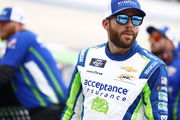
Commissioner Steve Phelps Quits NASCAR Days After Getting Exposed in Lawsuit Trial
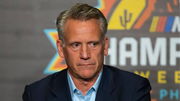
Who Is Steve Phelps? NASCAR Commissioner’s Net Worth, Wife & NASCAR Contract
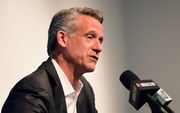
Jimmie Johnson Poaches Richard Childress’ Key Ally Ahead of NASCAR 2026 Season
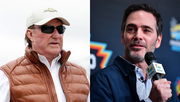
NASCAR Rumor: Justin Marks’ Trackhouse to Lose $4.5M in Sponsorship After Billionaire Partner’s Exit
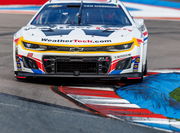
ADVERTISEMENT
Is Hendrick Motorsports relying too much on one driver?
HMS has long been NASCAR’s standard-bearer, setting the bar with infrastructure, top-tier equipment, and elite drivers. Kyle Larson has been the cornerstone since joining in 2021, winning the championship in his first season with 10 victories and now totaling 16 wins in the Next Gen era. This year alone, Larson has led 939 laps and earned 11 top-5 finishes. But as the team leans heavily on him, questions arise: has Larson’s dominance spotlighted HMS’s glaring weaknesses?
William Byron has emerged as a consistent performer, capturing the Daytona 500 and the Iowa Corn 350 this year and securing a long-term contract through 2029. However, Chase Elliott has struggled, hampered by injuries and adaptation issues with the Next Gen car, managing only a single win at EchoPark Speedway this season. Alex Bowman has been similarly inconsistent, breaking an 80-race winless streak in 2024 but struggling to maintain momentum, despite using the same equipment as his teammates.
HMS’s model prioritizes stability and long-tenured drivers, but this approach may limit adaptability in the Gen-7 era. While Larson continues to carry the team’s championship hopes, the lack of emerging talent behind him, especially compared to competitors like Toyota and Trackhouse Racing, raises questions about HMS’s long-term strategy. To remain at the front, the team may need to invest more in supporting drivers or recruit young talent capable of challenging for seats and sustaining championship contention.
ADVERTISEMENT
ADVERTISEMENT
ADVERTISEMENT
ADVERTISEMENT

